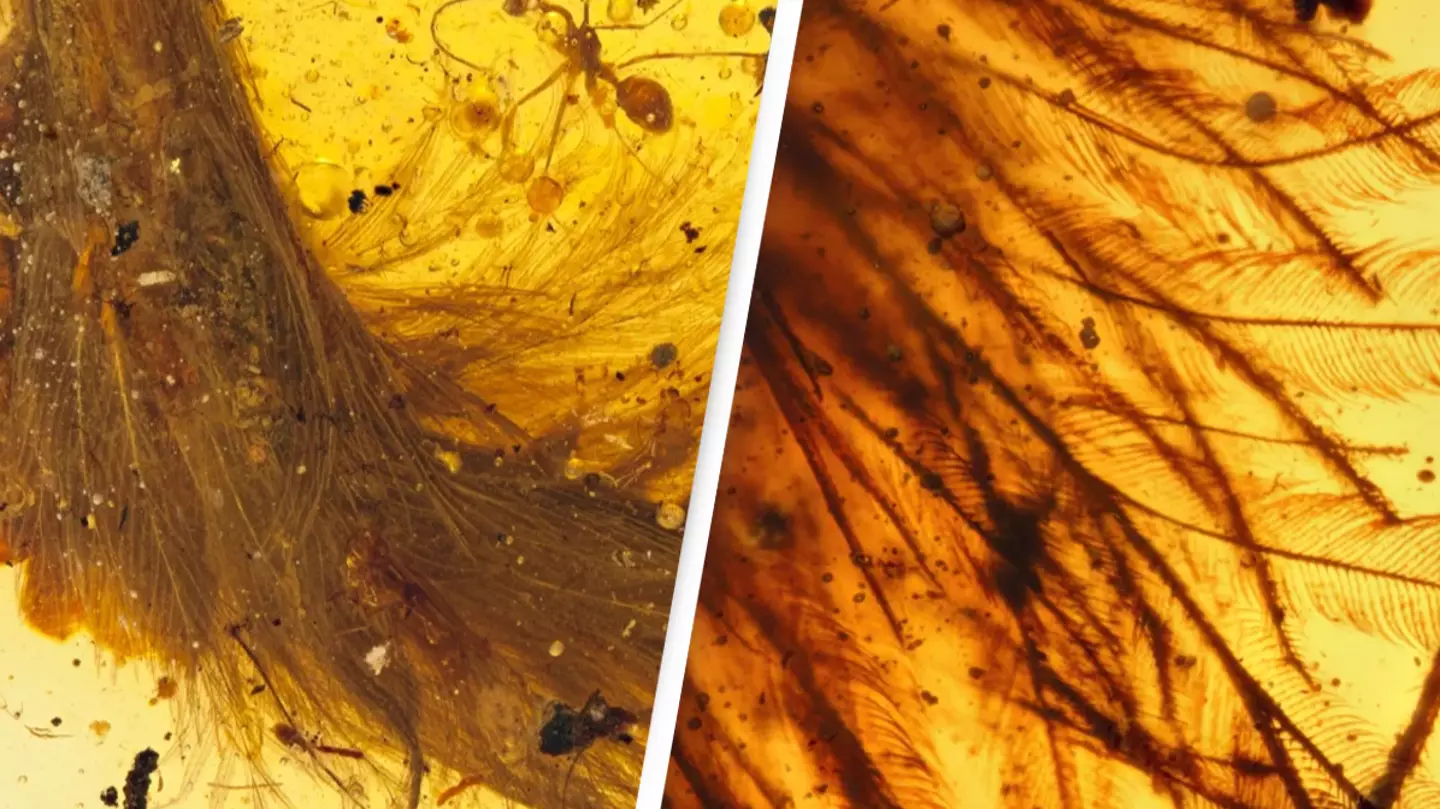
Scientists discover well-preserved dinosaur tail in amber
Dinosaurs may not be the 'Godzilla-style scaly monsters' we always imagine
Featured Image Credit: Royal Saskatchewan Museum (RSM/ R.C. McKellar)
Topics: Science, World News
 Poppy Bilderbeck
Poppy Bilderbeck
Poppy Bilderbeck is a Senior Journalist at LADbible Group. She graduated from The University of Manchester in 2021 with a First in English Literature and Drama, where alongside her studies she was Editor-in-Chief of The Tab Manchester. Poppy is most comfortable when chatting about all things mental health, is proving a drama degree is far from useless by watching and reviewing as many TV shows and films as possible and is such a crisp fanatic the office has been forced to release them in batches.